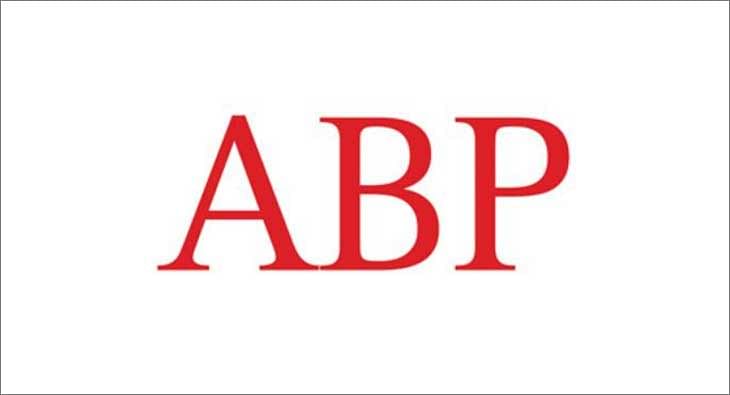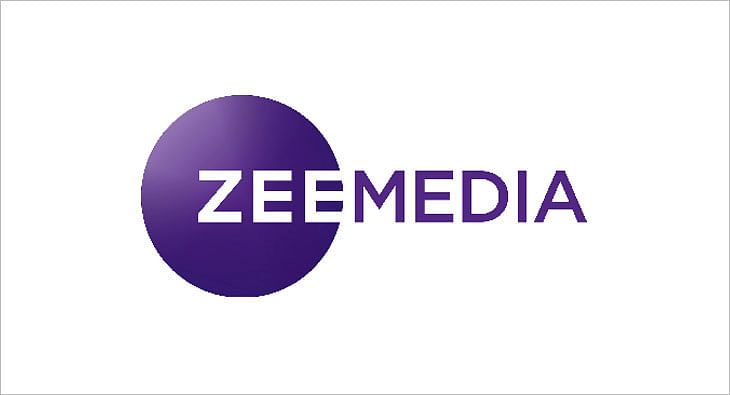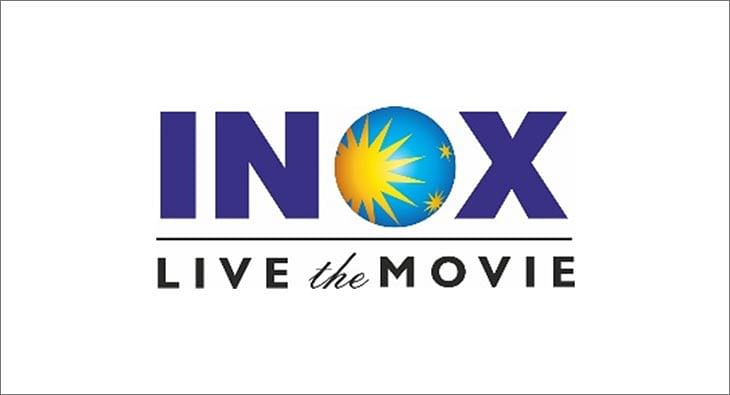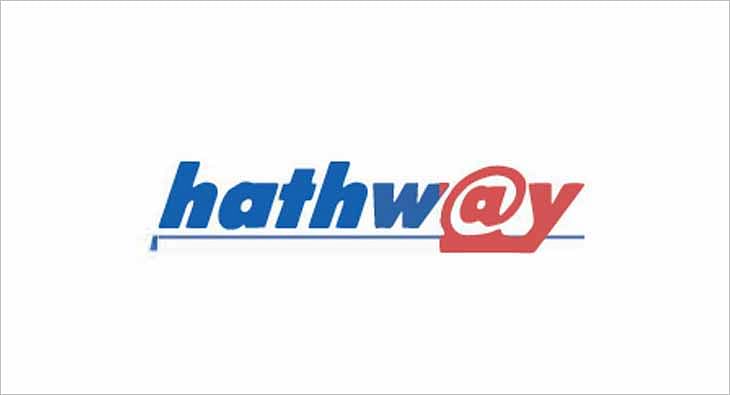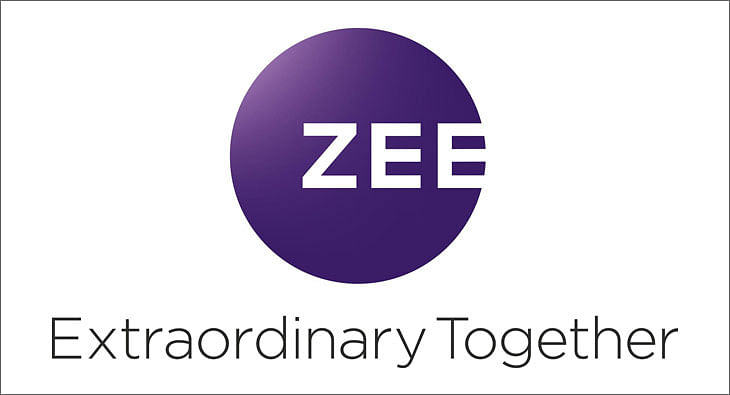64% respondents prefer global luxury power brands to niche: LuxHub survey
LuxHub of the Havas Media Group carried out a survey to ascertain the luxury trends for personal spend across retail, travel, home furnishings, auto, jewellery and art in nine countries; the findings reveals that the net spend on luxury goods is expected to grow by 7 per cent in 2015

LuxHub of the Havas Media Group carried out a survey to ascertain the luxury trends for personal spend across retail, travel, home furnishings, auto, jewellery and art in nine countries.
The survey reveals that the average personal spend on luxury goods was estimated at £21,126 last year or 21 per cent of the household income. However, considerable differences have been seen across countries.
The survey reveals that the net spend on luxury goods is expected to grow by 7 per cent in 2015. It further stated that over half of luxury goods (52 per cent) were purchased at discounted prices; the US had the highest amount of discounting.
Just over half of respondents (57 per cent) feel that luxury brands should engage with social media; however, among millennials, 72 per cent hold this belief.
The analysis took in the views of affluent luxury goods customers, all within the top 10 per cent of the household income bracket in USA, UK, China, Russia, France, Italy, Germany, Spain and Saudi Arabia/UAE markets.
Luxury ‘super brands’ still have the edge
Global luxury power brands are preferred to niche ones by 64 per cent of respondents. Geographical differences show that in China, 83 per cent prefer super brands (the most widely recognised brands being Louis Vuitton and Chanel), and in the US, 73 per cent prefer them (top brands being Mercedes and Chanel) vs. only 43 per cent in Spain.
Quality matters more to people in UK vs. other markets
The swings in both brand ranking and preference by country can be explained by differing cultural definitions of luxury. UK luxury shoppers, with an average spend of £28,243, defined luxury in terms of quality (78 per cent vs. a global average of 63 per cent) and personal reward (44 per cent vs. a global average of 26 per cent). When it comes to luxury products conferring social status, this was important for only 20 per cent in the UK vs. an average of 37 per cent across the markets.
Germany, Italy and Spain were the only three countries of the nine countries surveyed to define luxury as exclusivity over quality. Overall luxury perceptions are driven by quality, exclusivity and the desire to express taste and style.
Average personal spend on personal luxury across 9 markets is £21,126
The affluent luxury consumer spent an average of £21,126 on luxury in the past year. The highest spend was seen in Russia at £36,078, UK £28,243 and France third, spending on average £27,402 per year.
Among men and women combined, the most popular category for luxury shoppers is clothing and accessories purchased by 89 per cent last year, with an average spend of £1,625. This is followed by travel, purchased by 87 per cent with an average spend of £3,791. While only 30 per cent purchased an automobile, average spend among those who did buy one was £27,630.
Amount spent on the categories studied shows significant differences according to the country. For example, the average spend on cars is £27,629, whereas in France it is just over £10,000 higher at £38,492. The average spend on travel is as high as £6,356 in the UK and as low as £2,121 in China.
Luxury spend to rise by 7 per cent. Supply side – expensive products that people want - is a key driver for growth
The overall growth rate forecast for the industry of 7 per cent (33 per cent expecting to spend 28 per cent more, 8 per cent expect to spend 36 per cent less and 59 per cent expect to spend the same amount as they did last year). This growth of luxury is in line with the growth projection of GDP for China in 2015 (7 per cent) and non-oil GDP growth in Saudi Arabia (5-6 per cent) but considerably higher than the low single digit GDP projections in Europe and the UK.
When looking at these results however, some positive indicators can be found. For example, among the 33 per cent who expect to spend more on luxury, 44 per cent say this is largely due to seeing more items that they want – demonstrating that the supply side of luxury is a key driver for the sector’s share of wallet. The leading driver is an expectation of increased disposable income (49 per cent).
Shopping in physical stores is still the favoured method for shopping for luxury goods for 49 per cent of respondents, while 24 per cent shop mainly online. Statistics show that the move by a quarter of the respondents to shop online is not being matched by competency from the brands. Over half of respondents (57 per cent) felt that luxury brands should engage with social media, mainly because they feel that this is how brands in general are communicating nowadays.
Millennials are more comfortable engaging with and buying luxury goods in the digital sphere. Among Millennial consumers aged 20-34 years, 72 per cent felt luxury brands should engage with social media, versus 51 per cent of those 35 to 54 years of age. 29 per cent of Millennials prefer to shop for luxury online versus 19 per cent of the 35 to 54 year age group, and only 44 per cent of millennials prefer to shop for luxury in physical stores, versus 50 per cent of those aged 35 to 54.
Discounting trend highest in US, Germany
Over half of those surveyed revealed that they purchase luxury goods at a discount rate, including sales and outlets. The UK luxury shopper shows the highest percentage of full price purchase with 55 per cent purchasing at full price, equal with niche brand-loving Spain. This compares to the US luxury shoppers who purchase an average of 67 per cent of their luxury goods at discount.
Tammy Smulders, LuxHub Global Executive Director, who oversaw this research says, “This discounting culture shown in the survey is one that interests many of our clients. The fact is, there are simply more luxury products available in the market today. As a reaction to the recent economic challenges, we saw many luxury brands introducing accessible diffusion lines with different styles and price points, creating something for everyone. In addition, the trend of introducing new lines came as a reaction to the globalisation of luxury and the need for more accessible entry price points for the emerging luxury consumer.”
Smulders added, “The discounting culture came into practice. The global trend for discounting is here to stay. Despite this, our survey points out an optimistic future for luxury with a projected increase in spend of 7 per cent. It is our view that this discounting culture, coupled with more sophisticated targeting, data management through CRM and storytelling is actually stimulating shopping and there are a wealth of opportunities out there for agile, smart luxury brand marketers.”
Isabelle Harvie-Watt, Global CEO at LuxHub says, “This global survey highlights differences between cultures, which show how important is to personalise the shopping experience for people in their own countries. What is critical is the ability to implement culturally relevant strategies that also work in the actual locations where customers engage with brands. For example, today more than half of the luxury purchases from the Chinese consumers are made outside of China, mostly in Europe and the USA. This means luxury brands need to create culturally-tailored content, services and experiences that can be implemented anywhere in the world.”
Methodology
The 15-minute online survey consisted of 928 respondents across nine countries. The respondents consisted of 50 per cent men and women each in the age group of 20-64 years. All respondents were within the top 10 per cent household income bracket in their respective countries.
Read more news about (internet advertising India, internet advertising, advertising India, digital advertising India, media advertising India)
For more updates, be socially connected with us onInstagram, LinkedIn, Twitter, Facebook Youtube & Whatsapp
You May Also Like
HT Media posts Consolidated Total Revenue of Rs 580 crore in Q2
Chairperson and Editorial Director Shobhana Bhartia says due to lower commodity prices and control on costs there has been an improvement in operating profit
HT Media has posted a Consolidated Total Revenue for Q2, 2020 at Rs 580 crore.
As per a statement released by the company, EBITDA for Q2’20 increased by 139%, and margins at 14% vis-à-vis 6% in previous year. This has been driven by softening of newsprint prices and continued focus on cost.
The Net Cash position at a consolidated level continues to be strong.
The Print ad revenue has declined due to sluggish volumes, even as yields have improved. National advertising continues to be soft, although local advertising witnessed growth.
Savings in raw material costs have driven improvement in EBITDA margins.
Chairperson and Editorial Director Shobhana Bhartia said, “Slowing economic growth has hit advertising spends in key categories, putting pressure on revenues across the media industry. As a result, our Print and Radio (on like to like basis) businesses saw revenues dip as compared to a year-ago. However, thanks to lower commodity prices and a tight control on costs, we saw an improvement in our operating profit. On the digital front, Shine, our online recruitment portal has shown good progress and continues to grow. Our outlook for the coming quarter remains cautious, given overall economic sentiment and macroeconomic trends. Cost-control and falling commodity prices should help protect our margins.”
Read more news about (internet advertising India, internet advertising, advertising India, digital advertising India, media advertising India)
For more updates, be socially connected with us onInstagram, LinkedIn, Twitter, Facebook Youtube & Whatsapp
ABP Group posts Rs 15.70 crore as net profit in Q1 FY20
The group’s total operating income stands at Rs 365.55 crore
ABP Group has posted a net profit of Rs 15.70 crore in the first quarter of FY20, as per media reports.
The group’s total operating income stands at Rs 365.55 crore.
It’s net profit for the fiscal ended March 31, 2019, was down 68% to Rs 31.90 crore compared to the previous fiscal.
The Profit Before Interest Lease Depreciation and Tax (PBILDT) has also dropped 53.52% to Rs 107.12 crore.
The group has six news channels - ABP News (Hindi), ABP Ananda (Bengali) ABP Majha (Marathi) and ABP Asmita (Gujarati), ABP Sanjha (Punjabi) and ABP Ganga (Hindi).
Read more news about (internet advertising India, internet advertising, advertising India, digital advertising India, media advertising India)
For more updates, be socially connected with us onInstagram, LinkedIn, Twitter, Facebook Youtube & Whatsapp
Zee Media posts consolidated revenue of Rs 137.03 crore for Q2 FY20
ZMCL has recorded 4.4% growth in operating revenue for first half of FY20
Zee Media Corporation Ltd (ZMCL) has posted a 4.4 per cent growth in operating revenue to Rs 337.6 crore in the first half of FY20, as per media reports.
It has reported a consolidated revenue of Rs 137.03 crore for Q2 FY20.
In a statement, ZMCL has said: “During the quarter, the network expanded its footprint s into Southern India through the launch of Zee Hindustan in Tamil and Telugu languages. This is intended to make the network's content accessible to wider audience.”
The operating expenditure in Q2FY20 has dropped by 21.7 per cent.
The statement further said: “EBITDA for HlFY20 improved by 34.1 per cent to Rs 1,029 million from Rs 767.5 million EBITDA for H1FY19, while the same declined by 9.4 per cent to Rs 370.2 million from Rs 408.7 million for the corresponding period last financial year. EBITDA Margin grew from 23.7 per cent in H1FY19 to 30.5 per cent in HlFY20, while growing from 24.2 per cent in Q2FY19 to 27 per cent in Q2FY20.”
Read more news about (internet advertising India, internet advertising, advertising India, digital advertising India, media advertising India)
For more updates, be socially connected with us onInstagram, LinkedIn, Twitter, Facebook Youtube & Whatsapp
No slowdown here: In-cinema ad rates up by at least 50% for 3 big Diwali releases
Housefull 4, Made In China and Saand Ki Aankh ready to hit the silver screen this week, with the hopes of giving brands the eyeballs they look for in theatres
It’s that time of the year again when theatres gear up to pocket maximum gains. Diwali is here and there are three films ready to hit the silver screen this week--Housefull 4, Made In China and Saand Ki Aankh. The festive period brings much joy to exhibitors, distributors and theatre owners because it ensures footfalls, giving brands the eyeballs they look for. In fact, industry experts don’t feel that economic slowdown this year has impacted in-cinema advertising. While they are concerned about three movies clashing during Diwali, they predict 50-100 per cent rise in ad rates during this period.
Advertising moolah
Mohan Umrotkar, CEO, Carnival Cinemas, is expecting 60-70 per cent surge in advertisement topline compared to last year. “Going by the buzz and advance booking for these three releases, market is bullish. Advertisers have blocked most of the advt-slots during the festival period. Housefull 4, Made In China and Saand Ki Aankh all combined together should generate around Rs 350 crore topline at the box office during the festival week. We are expecting 60-70 per cent surge in the advertisement topline from last year. Also, this year we have added around 14 per cent new advertisers, and 4 per cent of them are first-time cinema advertisers,” he says.
But according to Siddharth Bhardwaj, Chief Marketing Officer - Head of Enterprise Sales, UFO Moviez, things have changed a lot in the last couple of years. “Since some films have not really lived up to their expectation, advertisers are spreading the spends all through the year. They are picking up far more number of titles in the year rather than focusing only on Diwali or Eid.”
“It is good for the industry because you can monetise the inventories beyond just big weeks. A lot of content- driven films have come up which has given us the opportunity to monetise more markets. It has put lesser pressure on Diwali. Most of the cinemas are sold out for Diwali. It becomes difficult to accommodate everything,” Bharadwaj opines. He also reveals that for this week, the inventories are already full.
Diwali ad rates
Experts reveal that ad rates differ from property to property and depends on location as well. But Diwali surely sees a massive hike in rates. This year, theatre owners are expecting 100 per cent rise in ad rates. While Umrotkar revealed that for Diwali, they are charging 100 per cent higher than the regular card rates, Girish Johar, trade analyst and film producer, shared that even the rates for putting up kiosks of brands go up during festivals like Diwali.
“It’s based on property. On a ballpark, ad rates double up. So if you are putting up a kiosk, they charge say Rs 50,000-25,000 for a month. During Diwali, they charge almost double because of the kind of footfalls theatres witness,” Johar revealed.
Economic slowdown? Not for Cinema!
This year, brands have been pulling back their spends on other mediums due to economic slowdown, but cinema seems unaffected. Calling entertainment business recession-proof, Johar explains, “If you see the other side, box office is up by 15-20 per cent. Yes, it is a bit subdued because the brands are in a wait-and- watch scenario. They are increasing their focus around consumption rather than awareness.”
Bharadwaj too seconded it by saying, “These are challenging times but our medium is very efficient. If you see economy has slowed down, but the cinema has grown instead.”
Clash cover
Three movies are clashing this Diwali which means shared screens and box office gains.
“It’s never good for us when two or more big-ticket films release together. If they would have come on different dates, there are chances that more advertisers will take advt. inventory in those weeks separately instead of that one particular week,” shares Umrotkar.
Read more news about (internet advertising India, internet advertising, advertising India, digital advertising India, media advertising India)
For more updates, be socially connected with us onInstagram, LinkedIn, Twitter, Facebook Youtube & Whatsapp
INOX Leisure Ltd sees 42% growth in total revenue
Profit After Tax up 327% to Rs 51 crore
INOX Leisure Ltd (INOX) has reported financials for the second quarter ending September 2019.
Its total revenue has risen to Rs 524 crore with a 42% growth from Rs 369 crore in the corresponding quarter in FY19. Its EBITDA has more than doubled to Rs 107 crore with a 121% growth, while the PAT stood at an impressive Rs 51 crore, up 327% from previous year’s second quarter.
Siddharth Jain, Director, INOX Group, said: “At INOX, setting new benchmarks is now a routine, thanks to our consistently sharp focus on luxury, service and technology and our uncompromised desire to offer our patrons, nothing but the latest and the best! We are delighted with our remarkable consistency on all parameters, and we are sure about maintaining the momentum and focus on innovativeness. Content once again proved that why we term it as the ‘hero’. Thanks to the creators of such spellbinding movies, which keep inviting our guests to our properties, and allowing us to pamper them with our signature hospitality. With the launch of Megaplex, we are delighted to further our endeavor of developing experience-driven cinema destinations of global standards, and we will continue to do so. On behalf of Team INOX, I assure all our stakeholders that we will continue to break barriers and exceed all expectations.”
Read more news about (internet advertising India, internet advertising, advertising India, digital advertising India, media advertising India)
For more updates, be socially connected with us onInstagram, LinkedIn, Twitter, Facebook Youtube & Whatsapp
Hathway Cable & Datacom reports 100% subscription collection efficiency in Q2
The broadband subscriber base has increased from the previous quarter’s 840,000 to 860,000
Hathway Cable and Datacom has reported subscription collection efficiency at 100%, and the broadband subscriber base has increased from previous quarter’s 840,000 to 860,000 in quarter ending September, as per media reports.
It has narrowed its consolidated net loss by 74% and the operating EBITDA has been reported 15% up to Rs 107.5 crore compared to Rs 93.1 crore a quarter ago.
The total income has dropped 2%, while the expenditure is down 6%.
In the financial results, the company has said the FTTH markets are leading growth in customer acquisition.
Read more news about (internet advertising India, internet advertising, advertising India, digital advertising India, media advertising India)
For more updates, be socially connected with us onInstagram, LinkedIn, Twitter, Facebook Youtube & Whatsapp
ZEEL posts 7.4% YoY growth in total revenue for Q2 FY20
ZEEL's domestic advertising revenue has grown 1.4% YoY in Q2FY20
Zee Entertainment Enterprises Limited (ZEEL) has reported a consolidated revenue of Rs 2,122 crore for the second quarter of FY20, recording a growth of 7.4% on YoY basis.
The Earnings Before Interest, Tax, Depreciation and Amortization (EBITDA) was recorded as Rs 692.9 crore with an EBITDA margin of 32.7%. PAT for the quarter was Rs 413.2 crore. The Profit After Tax (PAT) for the quarter was Rs 413.2 million, with a growth of 6.9% YoY.
During the second quarter, ZEEL’s consolidated advertising revenue grew by 1.2% YoY to Rs 1,224.7 crore. The domestic advertising revenues grew by 1.4% YoY to Rs 1169 crore.
ZEEL has posted 26.8% YoY growth in Q2FY20 domestic subscription revenue. ZEEL’s consolidated subscription revenue grew by 19.0% to Rs 723.5 crore during the quarter.
ZEEL’s total expenditure in Q2FY20 stood at Rs 1429.1 crore, higher by 9.9% YoY compared to Q2FY19.
While ZEE5 recorded a peak DAU (Daily Active User) base of 8.9 million in September 2019, ZEE5 users watched an average of 120 minutes of content on the platform in the same month.
During Q2 FY20, the television network had an all-India viewership share of 18.4%.
During the quarter, ZEEL’s international business revenue was Rs 208.2 crore. The advertising and subscription revenues for international business declined by 4.0% YoY and 21.5% YoY, respectively.
Zee Music Company has registered 7.1 billion views on YouTube in Q2.
Punit Goenka, Managing Director and CEO, ZEEL, said, “I am pleased with the performance we have exhibited during the quarter. Our entertainment portfolio continues to grow from strength to strength across all formats and maintained its leading position. Our television network has emerged stronger post the implementation of tariff order on the back of a strong customer connect and brand pull of its channels. ZEE5 continued to gain traction across audience segments and markets, driven by its compelling content library and expanding list of partnerships across the digital eco-system. This strong operating performance allowed us to deliver industry leading growth in both advertising and subscription despite the tough macro-economic environment. Domestic subscription growth of 27% has reaffirmed the value proposition our television network has built over the years. The impact of tariff order has now largely settled down and has brought increased transparency along with improved monetization. Our domestic advertising revenue growth, though significantly lower than historical trend, is higher than the industry growth. We have witnessed an improvement in ad spends through the quarter and we believe that the onset of festive season along with measures taken by the government will help revive the consumption growth.”
Read more news about (internet advertising India, internet advertising, advertising India, digital advertising India, media advertising India)
For more updates, be socially connected with us onInstagram, LinkedIn, Twitter, Facebook Youtube & Whatsapp




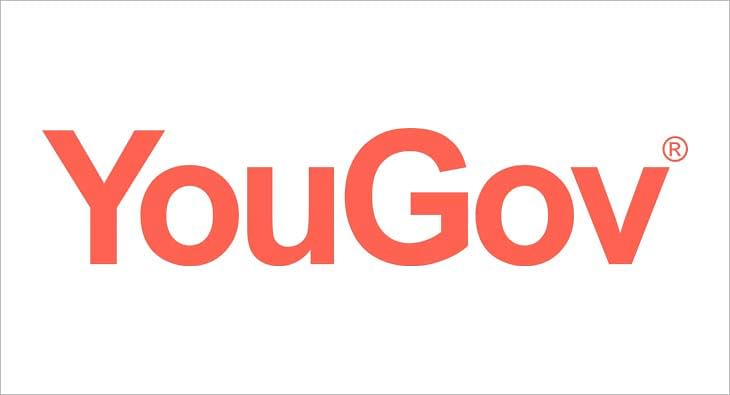
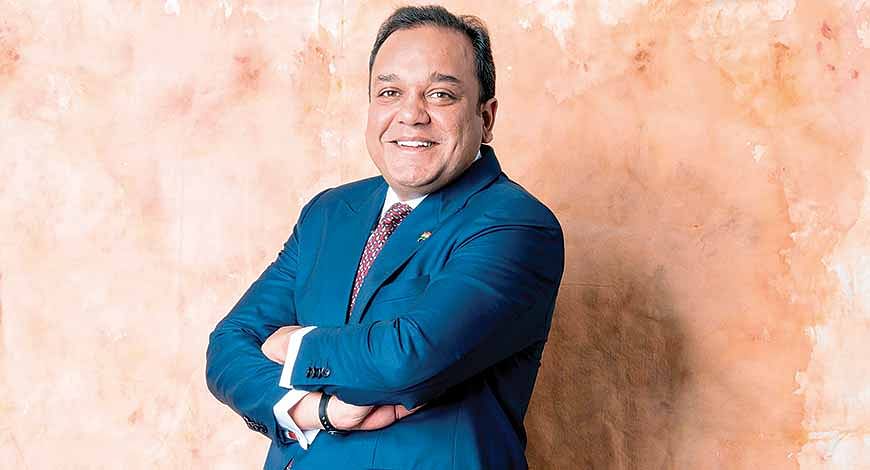
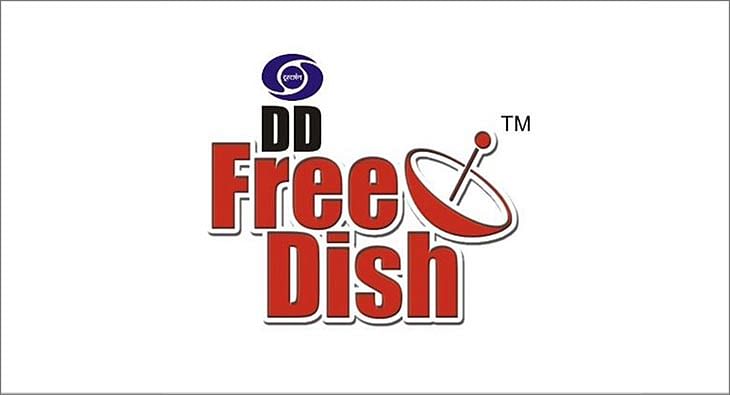







 Share
Share